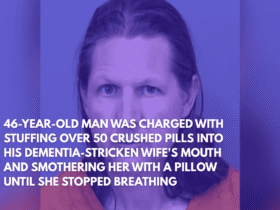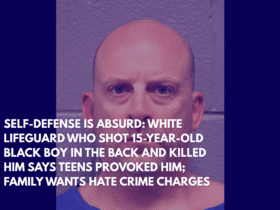In a recent legal development, the Corporation for Public Broadcasting (CPB) won a significant court ruling, as a federal judge decided that three of its board members will remain in their positions despite an effort by President Donald Trump to remove them.
This ruling follows a lawsuit filed by the CPB after three board members received notices of their removal from the Trump administration.
The Legal Dispute Over Board Member Removal
U.S. District Judge Randolph Moss, who made the ruling, determined that the CPB failed to meet the necessary legal requirements to block the president’s effort to remove board members Tom Rothman, Laura Ross, and Diane Kaplan.
However, the judge did issue a significant warning to the Trump administration, emphasizing that the president could not unilaterally alter the CPB board’s composition without approval from the Senate.
In his ruling, Moss stated, “The president is not free to remove directors and then unilaterally to appoint their replacements, thereby using his power to remove as an effective tool for altering Board policy.
Rather, the President’s appointment authority is tempered by the requirement that he proceed only with the advice and consent of the Senate.”
This legal move follows the CPB’s previous action in April, when it sued the Trump administration after the board members were told they were being removed. The CPB argued that the Public Broadcasting Act, which governs the organization, forbids any interference from government agencies or officials, including the president.
CPB Amends Bylaws to Protect Independence
In response to the case, the CPB took steps to strengthen its governance and independence by amending its bylaws. The new rules now require a two-thirds majority vote from other board members to approve the removal of any directors, even the president. This change was made to ensure that no individual, including the president, could unilaterally influence or control the board.
Patricia Harrison, the president and CEO of CPB, expressed satisfaction with the ruling, noting that the court affirmed the CPB’s independence as a nonprofit entity, free from governmental control. Harrison stated, “We are pleased that the court recognized CPB’s independent, non-profit corporation, free from governmental control or influence.”
The Broader Impact on Public Broadcasting
The case has sparked considerable discussion about the independence of public broadcasting and the future of CPB. While the legal battle over the board members’ removals continues, advocates for public media remain concerned about the ongoing efforts to reduce funding for public broadcasting.
In addition to the dispute over board appointments, there is a more urgent issue looming: a proposal to cut federal funding for public broadcasting in fiscal years 2026 and 2027.
The White House recently submitted a request to Capitol Hill to rescind the $535 million allocated for CPB, which is typically provided as advanced appropriations by Congress. This funding is crucial for supporting public TV and radio stations across the country.
What’s Next for CPB?
While the court ruling keeps Rothman, Ross, and Kaplan on the board, the situation is far from settled. The CPB’s case has highlighted the tension between the organization’s independence and the political pressures it faces from the federal government.
With a new round of legislative battles over public broadcasting funding expected, the CPB and public media advocates will need to continue pushing for safeguards to protect the future of public media in the U.S.











Leave a Reply